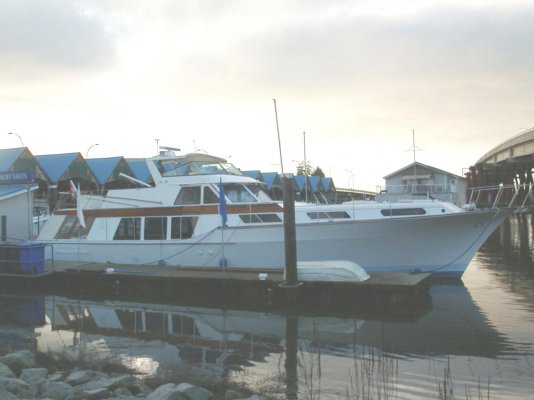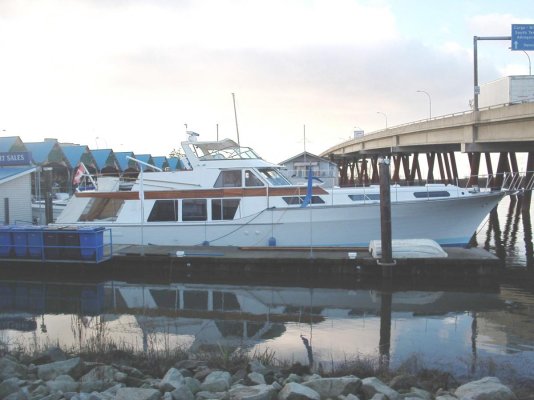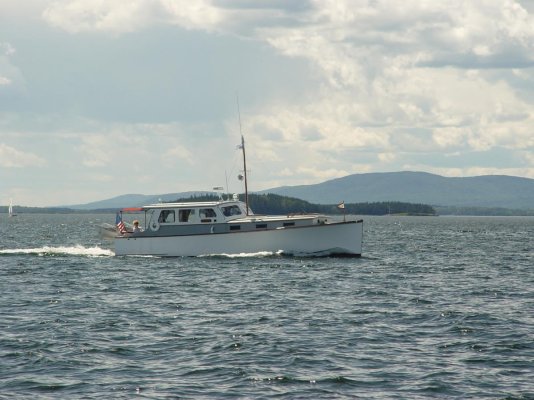Nomad Willy
Guru
David says;
"Yes, that is happening a bit here in Deer Isle/Stonington, home of the largest poundage of NE lobster landings. Easier on the feet on a full day in a chop is one thing that I have heard. A Peter Kass boat is popular."
__________________
David Hawkins
Deer Isle, Maine
It is beautiful but look at the 1/2 hull and the pics. They show a boat w very little displacement. A very light boat and I'm quite sure this boat couldn't be build without employing exotic and very expensive materials like Kevlar or carbon fibre if it were not made of wood. Standard FG construction is just too heavy or weak.
Re Lobster Boats I see they are all very wide and overpowered now. In the 50s were they all or mostly quite narrow?
"Yes, that is happening a bit here in Deer Isle/Stonington, home of the largest poundage of NE lobster landings. Easier on the feet on a full day in a chop is one thing that I have heard. A Peter Kass boat is popular."
__________________
David Hawkins
Deer Isle, Maine
It is beautiful but look at the 1/2 hull and the pics. They show a boat w very little displacement. A very light boat and I'm quite sure this boat couldn't be build without employing exotic and very expensive materials like Kevlar or carbon fibre if it were not made of wood. Standard FG construction is just too heavy or weak.
Re Lobster Boats I see they are all very wide and overpowered now. In the 50s were they all or mostly quite narrow?







